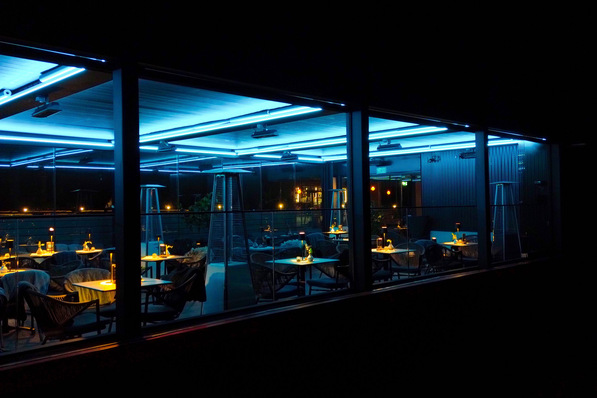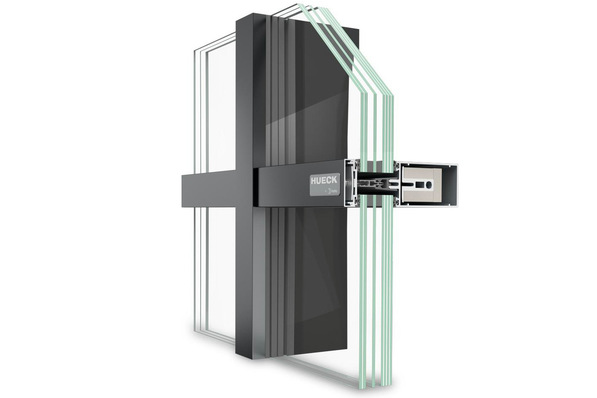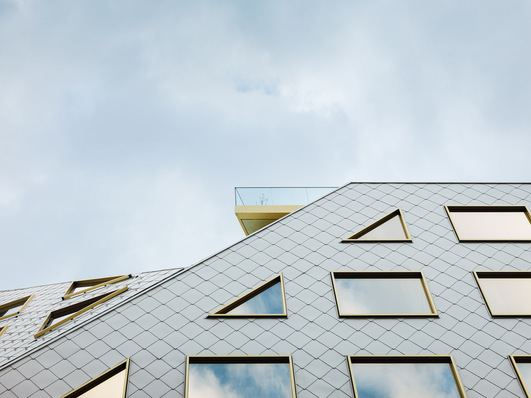Choosing the right glass products for sun protection and thermal insulation, generous ventilation and effective shading all play an important role. A well-planned conservatory is a complex system for the passive use of solar energy, which can save a lot of heating energy as an upstream climate buffer of the house.
The thermal effect of the conservatory is largely dependent on its glazing. The larger the glazed area, the more passive energy gains are generated. On sunny days, this also works in the cold season. The sun is then low and shines intensively into the vertical glass surfaces. Therefore, glass with a relatively high g-value and effective thermal insulation should be used here.
What energy gains do insulating glass units from Interpane bring to conservatories?
AGC Interpane's iplus 3LS triple-glazed insulating glass, for example, offers very good thermal insulation combined with high solar energy gain. It achieves a thermal insulation value of 0.7 W/(m2 K) in accordance with EN 673, with a g-value of 62% and light transmission of 72%.
See also: AGC Interpane makes facade glass into a power station
Different rules apply to the glazing in the roof of the conservatory, because it is mainly exposed to the high summer sun - here, sun protection is essential and laminated safety glass is mandatory, as it is usually overhead glazing.
Highly selective glasses such as ipasol ultraselect 62/29, which emit a lot of visible daylight (62%) and reduce the summer heating of the conservatory via a neutral solar control coating (g-value: 29%), are interesting. Long-wave (heating) sun rays are thus reflected, visible short-wave daylight is desired and let in. In winter, an iplus thermal insulation coating also protects the room from cooling down.
How can heating energy still be saved in a conservatory?
How much heating energy a conservatory saves depends not only on the glazing, but also on its correct integration into the volume of the building and on the ventilation of the rooms behind it. Incident sunlight is absorbed by floors, walls and furniture and converted into heat.
This heat is passed on to the adjacent rooms, reducing the heating requirement in winter and maintaining a medium temperature level all year round. Transmission and ventilation heat losses are reduced.
What role does ventilation play in conservatories?
On hot summer days, cross-ventilation prevents rooms from overheating: Air flowing in at the bottom through supply air openings rises during heating and is led back outdoors through roof sliding systems or other exhaust air openings at the top.
The opening area in the roof should allow up to 50 air changes per hour without disturbing draughts, and must be sufficiently dimensioned for this. In summer, well-designed shading is also important.
Did you know? AGC is selling its North American glass business
The following rule applies: external sun protection measures, for example by deciduous trees in the garden, are more effective than internal roller blinds or venetian blinds, as the sun's rays do not enter the room at all. In summer, the crown of leaves provides shade; in autumn and winter, when the leaves have fallen, the sun can then shine directly in and help to reduce heating costs.













